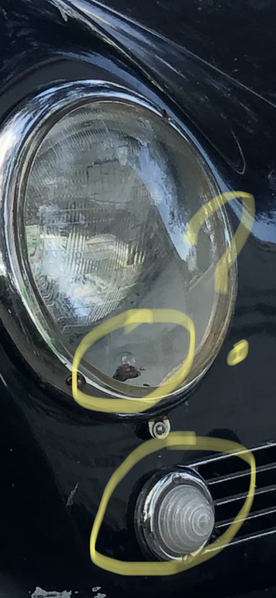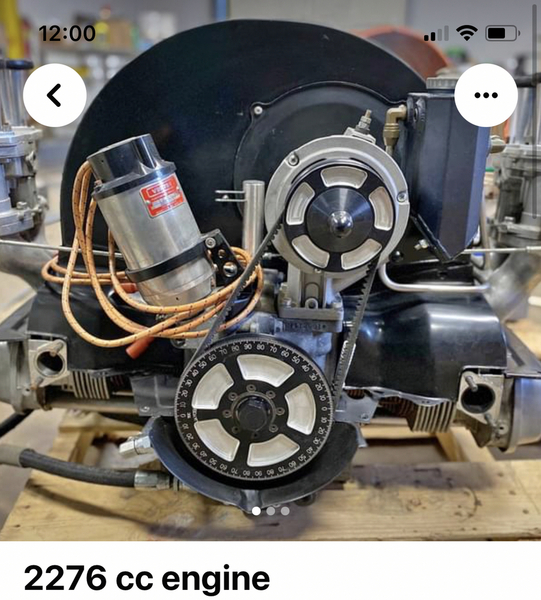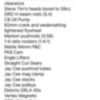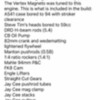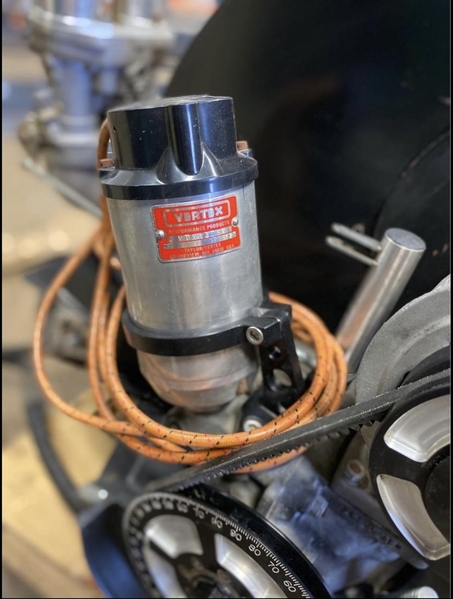Stick with it. You'll get it sorted.
One thing that fails on these cars all the time is grounds. Often, if you find your ground straps, remove, sand them and bolt them back in with a star washer all your lights and accessories will magically start working even despite the wiring looking like an osprey's nest.
Then you add a few more grounds (tail lights, etc.) and can rave on.


